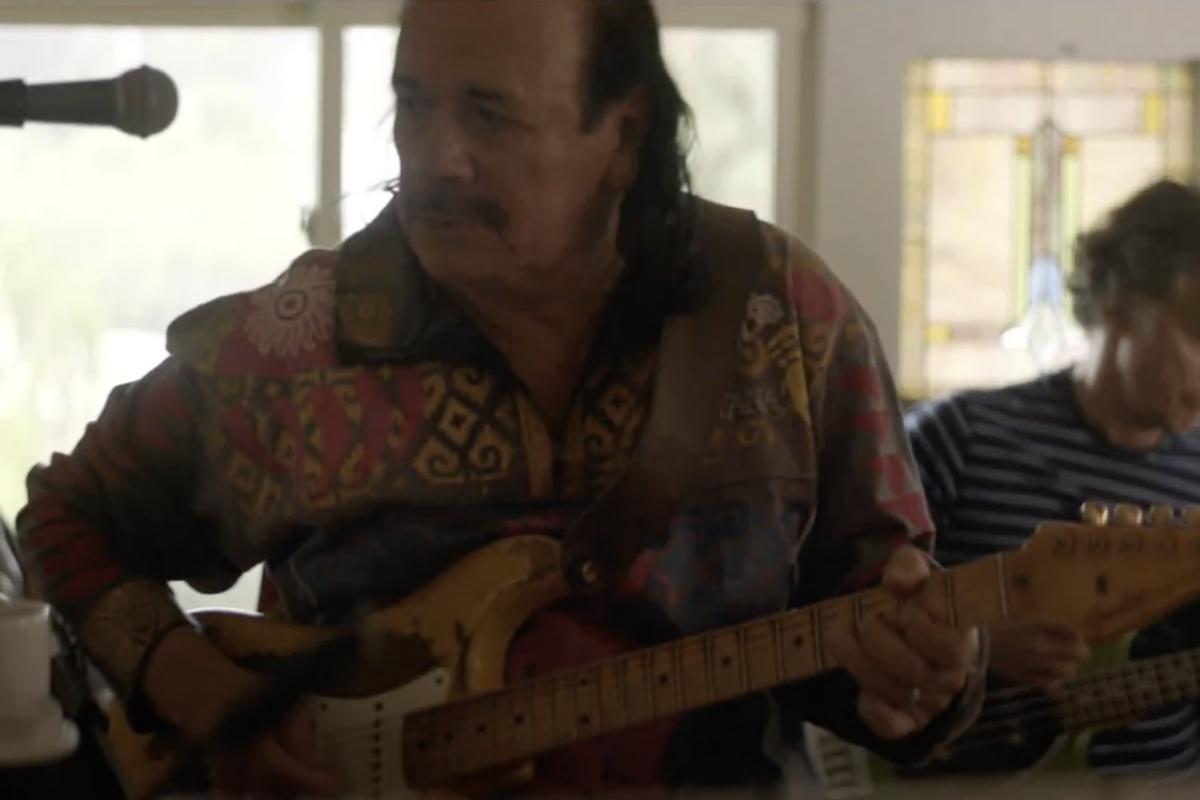Malibu’s Historic Shangri-La Studio Survives Devastating Fires
Despite the catastrophic destruction caused by the recent fires engulfing Los Angeles, the iconic Shangri-La studio remains resilient. Nestled in the picturesque hills above Zuma Beach, this legendary studio, now under the ownership of renowned producer Rick Rubin, stands as a monument to rock history amidst the charred remnants of Malibu.
Originally established to meet the specific needs of The Band and the legendary Bob Dylan, the studio’s intriguing history is tied to its first owner, actress Margo Albert. She drew inspiration from James Hilton’s classic work, Lost Horizon, which introduced the enchanting utopia known as “Shangri-La.” Over the years, this location has become a sanctuary for creativity, drawing in some of the biggest names in music.
For The Band, the studio evolved into a cherished retreat. Levon Helm, one of the group?s members, once described Shangri-La as a vibrant “clubhouse and studio where we and our friends could record albums and cross-pollinate one another’s music,” emphasizing its role as a creative hub.
READ MORE: Discover the Top 10 Bob Dylan Songs
Following a triumphant reunion tour in 1974 that produced the acclaimed live album Before the Flood, both Dylan and The Band utilized Shangri-La to record their masterpieces. Notably, The Band’s late-period gem, Northern Lights-Southern Cross, found its roots here. The studio also hosted Eric Clapton, who famously stayed while working on his album No Reason to Cry, and even the enigmatic Dylan camped out in a tent in the garden.
This luxurious four-bedroom, three-bathroom complex boasts stunning ocean views, complete with mirrored walls and a Naugahyde bar, echoing its rumored past as a bordello. Clapton reminisced in his autobiography about Dylan’s occasional appearances, noting, “Every now and then [Dylan] would appear and have a drink, and then disappear just as quickly.”
Within these walls, Garth Hudson of The Band recorded keyboard overdubs for Van Morrison’s Wavelength, while Bonnie Raitt crafted her album Green Light there. Richard Manuel, another member of The Band, resided in a bungalow that once served as a stable for the beloved TV show Mister Ed, further entwining the studio’s legacy with pop culture. “It’s almost like an Abbey Road ? an Abbey Road with a house around it,” commented former listing agent Shen Schulz in an interview with the Telegraph.
Watch a Trailer for Showtime’s ‘Shangri-La’ Documentary
Explore the Legendary Artists Who Recorded at Shangri-La Studio
Shangri-La also served as a rehearsal venue for Martin Scorsese and Robbie Robertson during the production of the celebrated 1978 film The Last Waltz, which featured interviews filmed on-site. The studio’s studio aesthetics were also captured in the cover art for Clapton’s No Reason to Cry.
However, the idyllic setting was sometimes a double-edged sword. Clapton later reflected, “This was a drunk and disorderly sort of album, and we didn’t really know where we were going.” With no producer to guide them, other than engineer Ralph Moss, they lost direction amidst the enchanting surroundings, making it challenging for Clapton to focus on songwriting.
In a gesture of camaraderie, Dylan gifted Clapton the unreleased track “Sign Language,” showcasing the collaborative spirit that permeated the studio. Rob Fabroni, the studio engineer responsible for transforming the space, eventually became its owner. Over the years, iconic artists such as Crosby, Stills, Nash & Young, Jackson Browne, Mark Knopfler, and Keith Richards frequented the studio, with Richards calling Fabroni “a genius” in his autobiography Life. However, after Fabroni transitioned to a label position in the mid-’80s, the studio fell quiet.
The studio experienced a revival in the 2000s, first under the stewardship of Beej Chaney from The Suburbs, and later, Rick Rubin revitalized its legacy. This resurgence attracted a new wave of artists, including Santana, Metallica, and even Adele, who recorded there. By 2019, the storied studio was featured in a four-part documentary series on Showtime, aptly titled Shangri-La.
Discover the Most Notable Mistakes in Classic Rock History
Join us as we countdown the most significant missteps in classic rock history.
Gallery Credit: Nick DeRiso
Why Some Fans Overlook This Bob Dylan Album?




